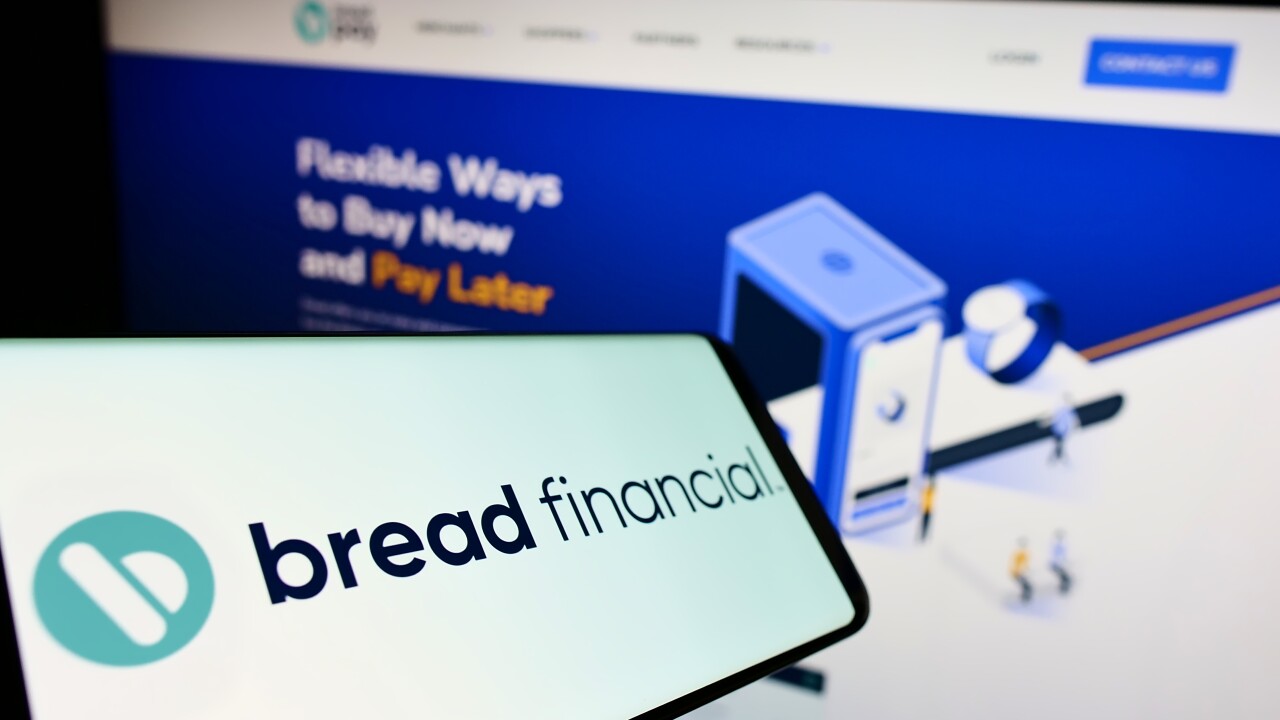As I sit here in my office more than a year after assuming the
As many CEOs can attest, this job is not for the faint of heart. And even if the coveted title is what one has always wanted from a career trajectory standpoint, you can’t prepare enough for what one needs to digest in such a short amount of time. Here are the top 10 lessons I’ve learned thus far. My hope is that they can provide those embarking upon or amid a transition with some perspective. Every person has their own experience; however, we can all benefit from sharing our collective insights.
Lesson 1: Invest heavily in your board relationships
Directors are your best assets, so get to know them. Your relationship with your board chair is particularly important, as it can help ensure the board regularly gains consensus and speaks in one voice; otherwise, disparate views can cloud your vision. Trust and transparency are paramount.

Boards don’t like surprises any more than CEOs do. By getting in front of news and establishing open dialogue about what isn’t working, you will garner much more credibility than sharing about it after the fact.
Don’t be afraid to ask for clarification often. Given the potential diversity of thinking of directors, which is good for all, it’s important to ensure you’re clear on action items, interpretations, philosophical considerations, and takeaways.
Lesson 2: Solidify your team
Your Team No. 1, as Patrick Lencioni calls it, is critical to your success. Team No. 1 is comprised of your direct reports and you. Your team will need to carry your organization for the next five to 10 years. You’ll want progressive thinkers, willing to revisit existing models, while also challenging and changing the assumptions and paradigms in place.
Solidifying your team takes time, so look at a wide variety of structures and ascertain what will set the organization up for success and feel right to you.
Lesson 3: Don’t lose sight of where you have been
In our case, OCCU wasn’t broken, but it was ready for change. As a new CEO, though, it’s always important to remember where the organization has been. Utilizing best practices in change management allows employees the time and understanding to adapt to what’s shifting and gives proper reverence to what has come before.
This doesn’t mean you must go slow. It simply means being self-aware and acknowledging that change is happening.
Lesson 4: Maintain a vision
Maintaining a vision for how you will lead and get the work done is key. In Lencioni’s book, “The Advantage,” he shares how thematic goals can create clarity. A thematic goal answers the question, “What’s is the most important thing we should be working on as an organization right now?”
Planning is important, but in today’s fast-changing world, disruptors appear and distractions are around every corner. Thematic goals help you focus.
Lesson 5: Keep a steady hand
CEOs are bombarded with questions, concerns, decisions needing to be made and more. While you want and need to be decisive, you often don’t have the input you need to look at all sides.
I often thought I knew which direction to land, but by not reacting too quickly, I was able to gain additional insight to make a better decision.
Lesson 6: Reach out to other CEOs
It’s lonely at the top, but other CEOs are in the same place. Reach out. Offer to collaborate. Find a trusted group of confidants. It’s valuable to get input from others that are not as close to a challenging situation you may be facing.
Lesson 7: Be visible
As an executive, time is always valuable. I quickly learned that being visible is not just about being present, it’s also about making important connections at all levels day in and day out.
Your team wants and needs you. Your staff appreciates interacting with you, and of course, your board of directors wants to see you in action regularly.
Lesson 8: Guard your time
So how do you do all this and guard your time? Time management is likely the biggest challenge I’ve had, and when I talk with other CEOs, it’s a common theme. Given the demands, it’s easy to find yourself with no breathing space.
Given there are not enough hours in the day to meet all the obligations we might want to accomplish, we must decide what’s most important. Discernment becomes critical. Learning to prioritize what we can influence in the moment versus what may be lingering in the back of our minds will help us be efficient and effective.
In short, work to improve your delegation skills and learn to let go.
Lesson 9: Listen and become comfortable saying no
Give your undivided attention to others. Learn to “understand” what people are trying to get across. Don’t just hear what they’re saying; work to understand it.
Recognize that people don’t expect us to say, “yes” to everything. In fact, they expect us to push back. Developing a learning organization requires us to guide and align our teams in making decisions.
Lesson 10: Overcommunicate
I find I need to be more deliberate with my choice of words as people take some things verbatim versus my intent.
Communicate often, address misconceptions quickly, and be authentic. This begets trust and builds shared understanding that we are human and in this together.
We grow on the job, through garnering successes, making mistakes, stretching ourselves, getting support from others, and remembering we are lifelong learners. May you find comfort in knowing that though the role of CEO is demanding, it is completely rewarding.





